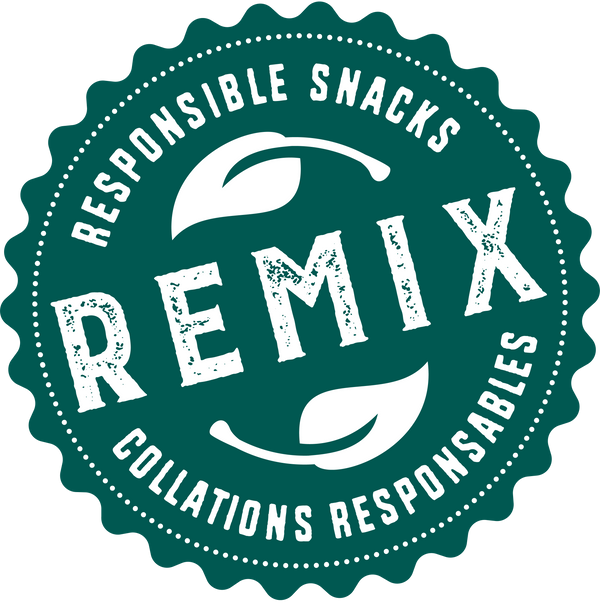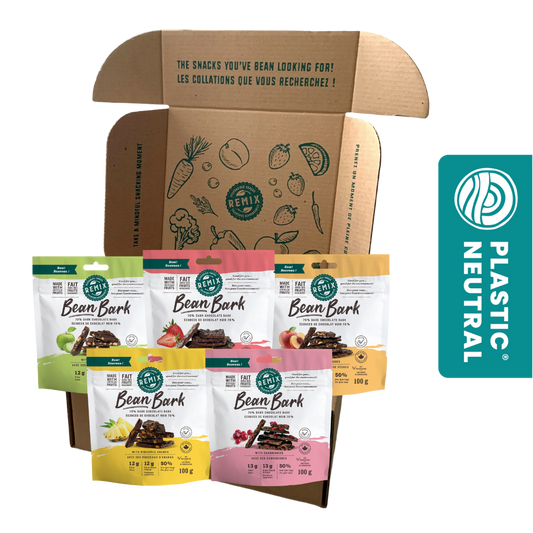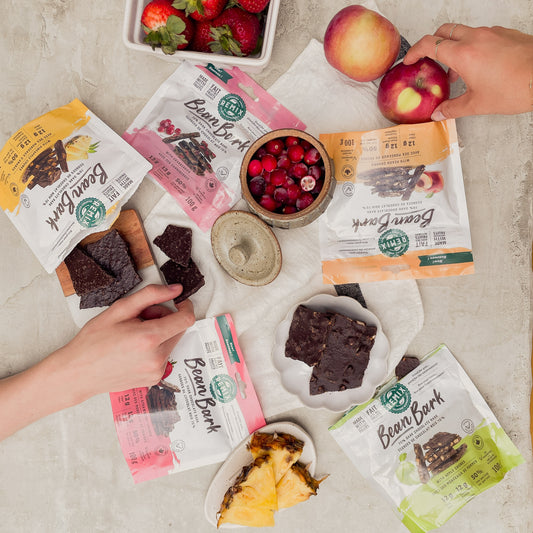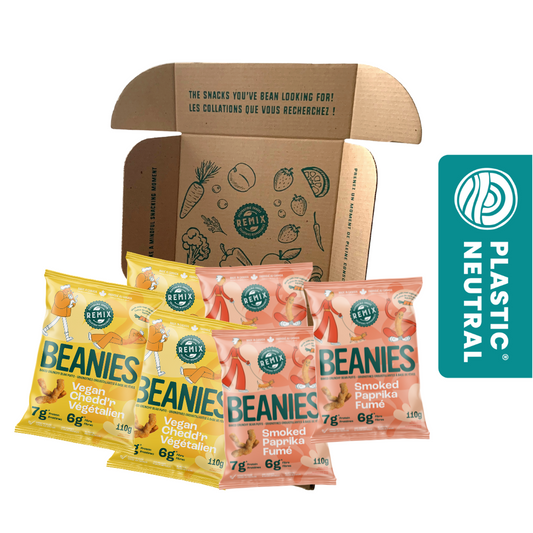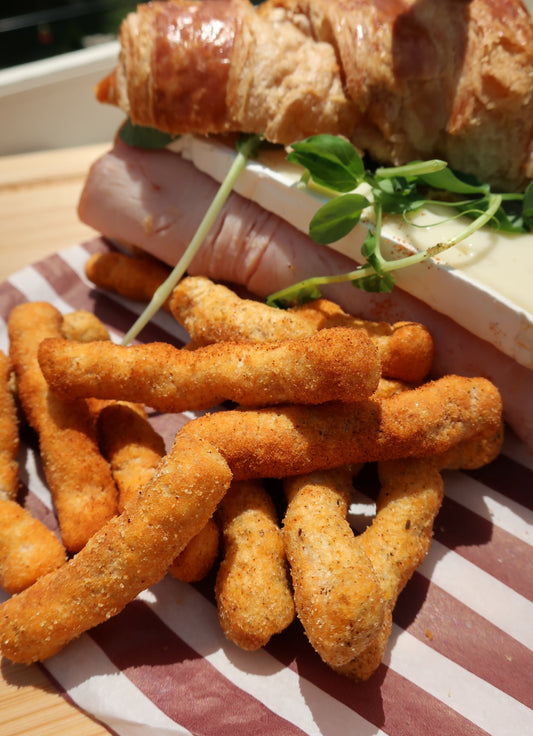
Written by Fannie Dancose, July 2020
Now that summer is here, we will get the opportunity to buy fresh local food and especially delicious fruits like berries, stone fruits, and melons. With all the abundance, we have to be careful about how to store food so we do not spoil and waste it. Here is a simple guide that will help you store fruits and avoid spoilage.
Climacteric Fruits
Some fruits and vegetables produce a gas called ethylene which is responsible for the ripening process. Because of that it is important to store fruits that produce ethylene (climacteric fruits) together and separate them from other fruits which do not produce ethylene (non-climacteric). It is recommended to store the majority of climacteric fruits at room temperature to let them ripe. Once they have ripened, you can eat them directly or put them in the fridge to slow down their ripening process (1).
|
Climacteric Fruits |
Apple, Apricot, Avocado, Banana, Cantaloupe, Guava, Kiwi, Papaya, Passion fruit, Peach, Pear, Plum, Tomato |
|
Non-climacteric Fruits |
Bell pepper, Blackberry, Blueberry, Citrus, Cherry, Eggplant, Grape, Olive, Pineapple, Raspberry, Squash, Strawberry, Watermelon |
Here are some more detailed ways to store some commonly consumed fruits:
Apple
|
Optimal storage: |
Store them in a cold place like the fridge inside a breathable bag to limit ethylene dispersion. They will keep 6 to 10 times longer in the fridge than at room temperature. |
|
Freezing: |
Apples can be frozen either raw or cooked and can be frozen in sugar, in syrup, or as is. |
|
If withered: |
Can be used to make applesauce or baked goods. |
Berries
|
Optimal storage: |
Do not wash until ready to use. Store them in the refrigerator in a drawer to keep their humidity. If possible, store in a single layer in an aerated container. |
|
Freezing: |
Rinse, dry, and remove stems if applicable. Freeze them separately on a baking sheet. Once frozen, put them in an airtight container. |
|
If withered or moldy: |
Withered: Use them in other recipes such as pies or jams. Moldy: Do not discard the whole container, only the obviously bad ones and use the rest ASAP! |
Cherries
|
Optimal storage: |
Do not wash until ready to use. Refrigerate in the drawer. |
|
Freezing: |
Rinse, dry, and remove pits. Freeze them separately on a baking sheet. Once frozen, put them in an airtight container. |
|
If Bruised or Overripe |
Bruised: Discard the bad part. Eat or use the other part. Overripe: Use in recipes such as pies. |
Stone fruits
|
Optimal storage: |
Do not wash until ready to use. You can leave them at room temperature in a paper bag to let them ripe more. Refrigerate in the drawer when ripe. Be careful: If left in the fridge for too long, peaches, nectarines, and apricots will become mealy. |
|
Freezing: |
Blanch to remove the skin, remove pits, and cut them. Dip in water and lemon juice to prevent browning. Freeze them separately on a baking sheet. Once frozen, put them in an airtight container. |
|
If Bruised or Overripe |
Bruised: Discard the bad part. Eat or use the other part. Overripe: Use in recipes |
Each fruit and vegetable has their own specificities when it comes to storage. As a general rule, leave the climacteric fruits on the counter and once ripe put them together in the fridge. For the non-climacteric fruits, store them in the fridge so they keep their freshness.
Finally, do your own observations and establish the storage system that works for you; something that is easy and simple to implement while reducing your food waste. And if by bad luck you still have overripe or withered fruits, do not worry, you can still include them in all sorts of recipes!
Find more ways to reduce food waste by visiting Love Food Hate Waste. And check out our blog posts for a simple recipe to help you with your overripe bananas!
References
-
Lavallé, B. (2015). Sauver la planète une bouchée à la fois. Les Éditions LaPresse : Montréal.
-
Love Food Hate Waste. (2020). Waste-Free Produce Guide. Retrieved from https://lovefoodhatewaste.ca/keep-it-fresh/produce-guide/
